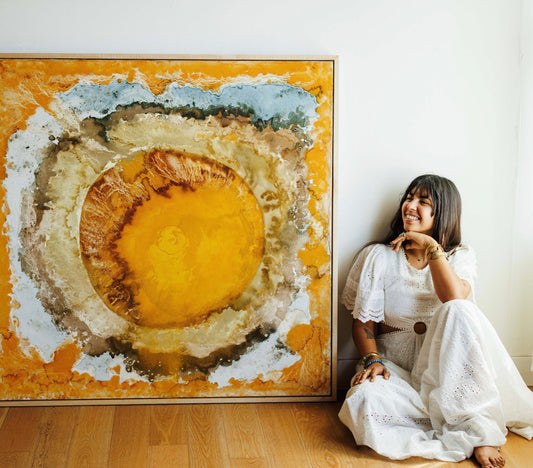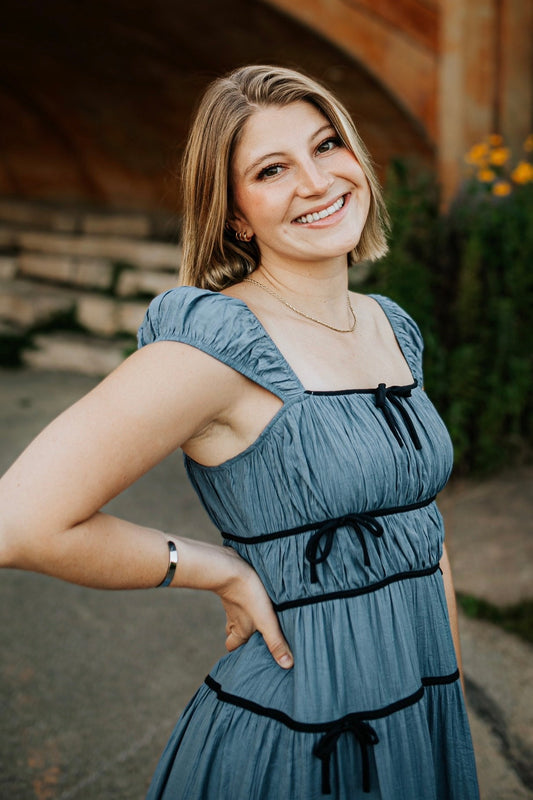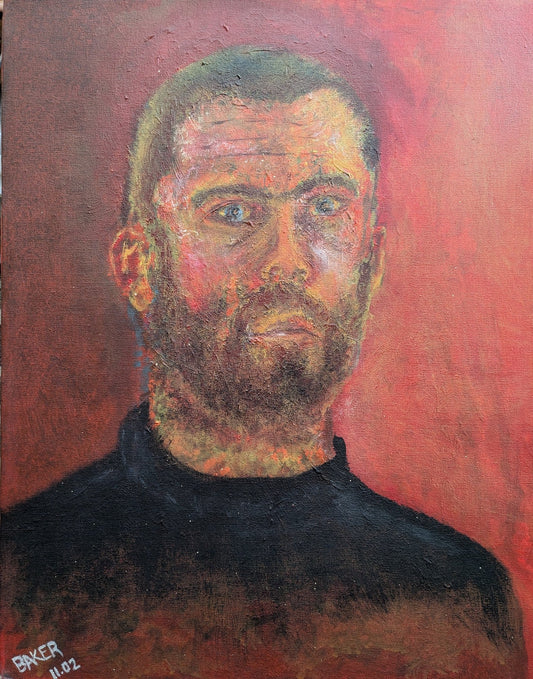Matika Wilbur is a contemporary American photographer and visual storyteller who spent the last decade photographing 562 federally registered Native American tribes within the United States. Her photography is part of her collection called Project 562. She has photographed portraits of the Miccosukee tribes in the Everglades and the Siberian Yupik tribe off the Alaskan coast. The goal and purpose of Project 562 is to capture a contemporary image of Indigenous life because it has been misrepresented in the media for generations. So, Wilbur asks her audience, “How can we be seen as modern, successful people if we are continually represented as the leathered and feathered vanishing race?”

Wilbur, who was born as Matika Lorraine Wilbur in 1984, “is a member of the Swinomish and Tulalip tribes in the Pacific Northwest.” Her Indigenous name is Tsa-Tsiq, which means “She Who Teaches.” In 2006, she acquired her Bachelor’s degree from the Brooks Institute of Photography. When Wilbur was in her late twenties and living in Seattle, Washington in 2012, she decided to embark on a photography expedition that became known as Project 562. In an interview on her website, she reflected on how, “ I sold everything in my Seattle apartment. I packed my camera, boots, film into my war pony and set off on an epic adventure into Native America.” She was a photographer ready for action out on the open road. So, she visited, engaged with, and photographed “all 562 plus Native American sovereign territories in the United States.” Wilbur traveled in many ways to see all 562 tribes. She was known for driving her RV, which she called “Big Girl,” and by horseback when she was in the Grand Canyon.
According to CNN, Wilbur said, “Project 562 is rooted in narrative correction work. When I started, I was looking at uncovering contemporary Indigenous identity and really looking at what it looks like to be a Native person right now.”

Wilbur desired to depict contemporary voices and identities of Native Americans through her photography. To dip into the diaspora of contemporary Native Americans, Wilbur held interviews and photographed portraits of all her subjects. She took portraits of various teenagers, adults, and senior citizens from different tribes, gaining voices of storytellers sharing their lived experiences. CNN writer Jacqui Palumbo wrote, “the project delves deeply into kinship and love, displacement and reconnection, the generational impacts of colonialism and racism, environmental justice and activism, and inclusion and belonging.” Wilbur’s portraits and the shared lived experiences turned Project 562 into a narrative full of federally recognized Native Americans currently all over the United States.

Wilbur wasn’t the only person who attempted Native American photography, however. Before her, there was Edward S. Curtis, an American photographer from the early twentieth century. Curtis’ work is often referred to when Native American photography is discussed, shown, or advertised. He photographed over 70 Native American tribes west of the Mississippi River. However, unlike Wilbur, Curtis wasn’t of Native American descent. Author Kristen Williams exclaimed, “Curtis was a white man who posed his subjects in a specific way, providing them with props such as feathered headdresses, which were often from different tribes, and ended up creating mixed portraits, unrealistic images that show an outsider’s muddled perception.” Curtis’s photography gave an inaccurate and stereotypical representation of Native Americans. He focused on the staged costumes, props, and background, not the people. In response Wilbur shared, “I can see the importance of Curtis’ work, but the inaccuracy of how we are portrayed just doesn’t seem fair.” Between Curtis’ and Wilbur’s photography, the main argument and juxtaposition is what depicts a “real Indian.” Fortunately, Wilbur’s able to capture a “real Indian” in her photography. Unlike Curtis, Wilbur had asked for volunteers during her expedition and allowed them to choose their own background, clothing, and accessories for their portraits.

After a decade of hard work and dedication, Wilbur’s photos have become an international success. On April 25, 2023, they were all published into a book called Project 562: Changing the Way We See Native America. This book is the first kind of its kind—a love letter to native voices. The book features over 1,200 Native Americans photographed and interviewed. Wilbur even dedicated the book to her three-year-old daughter, Alma Bee. Wilbur has left a legacy for her daughter and a new generation of readers. As a visual storyteller, she has honored native communities by giving them an accurate portrayal and a platform for real, authentic, and contemporary voices to be heard.
©ArtRKL™️ LLC 2021-2023. All rights reserved. This material may not be published, broadcast, rewritten or redistributed. ArtRKL™️ and its underscore design indicate trademarks of ArtRKL™️ LLC and its subsidiaries.





